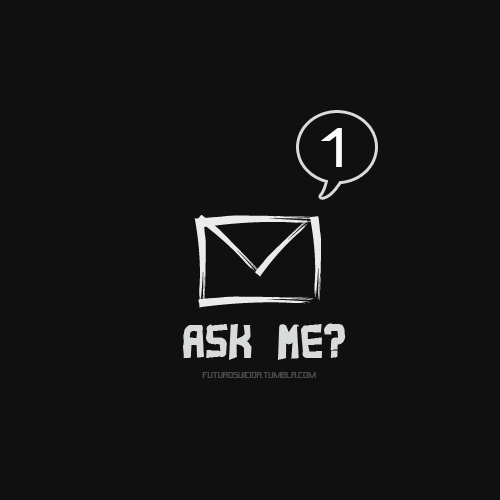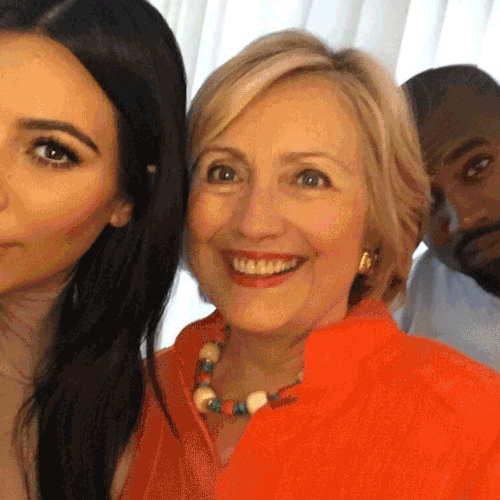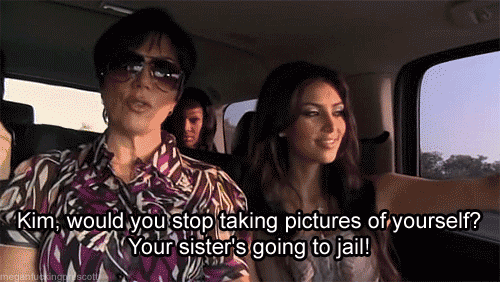Text
“From DM’s to Guts - a love story” - (Digital Dating).
Online dating has been around for over a decade now. In today’s day and age, it is easier to meet someone over a social networking site and get to know them via direct messages, than it is to meet up with the potential partner and she each others hopes and aspirations over a hearty meal and a good glass of wine! It is easier to hide behind our mobile phones and say the things we want to say, whether its sweet nothings or a break up message, for many are now unable to interact properly without the use of technology being a factor in their lives.
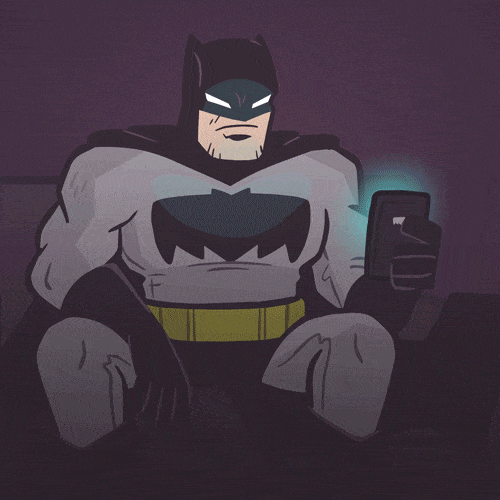
The rise of the digital revolution with regards to dating, courtship and modern romance has led to many single adults, especially from large metropolitan areas, to seek potential romantic and sexual partners available through various social networking sites (Hobbs et al. 2017: 54). The use of mobile dating applications used for sexual identification or romantic partners were first mostly common amongst men who have sex with other men, with an estimate of over 1.5 million using the successful dating app called Grindr (Duguay 2016: 352). However, the latest app, Tinder, is different due to the fact it mainly targets heterosexual users and has managed to capture the participation of a large number of heterosexual female users (Duguay 2016: 352). There have been many successful love stories through the infamous app Tinder, however, there have been as equal failure rates. The main problem with tinder is the concerns of people misinterpreting themselves by lying or exaggerating their profiles, which therefore led to the personal safety of their potential date being threatened upon meeting them in person (Duguay 2016: 352).
One minute you are getting to know a man who supposedly has a six pack, a connected beard, and perfect white teeth, who is a future billionaire (as stated on his “profile”, to meeting a man who lets just say… is the complete opposite. Awkward. Not only is there the fear of being “Catfished” (meeting somebody who does not appear to be who they showed themselves to be), but there is also the fear of being victims to creepy men or women, who’s initial plan is to either rape or kill their potential online partner. Apple’s app store rates Tinder as 17+ (which conflicts with Tinder’s age restriction being 13+) for it has the potential to be have ‘infrequent/mild’ profanity, crude humour, sexual content, nudity, and frequent mature and suggestive themes (Duguay 2016: 361). Personally I am not a fan of online dating due to such issues I have heard about it, however, I am not somebody who rejects the idea completely.

I believe that Tinder and other mobile dating apps have a particular target market – adults. For somebody who is an active member of twitter, I have witnessed many people court each other, get into relationships and sometimes get married, through the simple gesture of sending a Direct Message “DM” to their potential partner.
By titling this post “From DMs to guts – a love story” – it is in relation to how many DM interactions lead to relationships, and if not that, sexual intercourse.
The difference between Twitter and Tinder, is that in most cases, you are aware of your followers, who you follow, for they are either a friend or an acquaintance, and therefore it is easy to judge on whether or not the person is authentic and not a “catfish”. However, there has been recent cases of people, ladies in particular, getting scammed. Being scammed on twitter overall means using somebody for their money whilst promising them a potential relationship. The scammer would date their victim for a period of time, whilst in the mean time consuming their money and after a few months, disappear. The stories are endless, however, this does not stop somebody from tweeting “My DMs are so dry” or “Someone please DM me, I am lonely” or “Hi @userhandle, please check your DM, I have a surprise for you”. No social networking site is safe when it comes to online dating. Each dating site and social networking site has its own problems, however, one cannot take away the fact that online dating has become socially acceptable and advantageous in terms of seeking to find a long-term partner (Hobbs et al. 2017: 53).
I hope to one day fine my one “true love” or be a potential Tinderella, however, it is not a priority. The digital revolution is moving, and moving fast. It is all a matter of how one uses these platforms to attract their potential partner, and keeping it safe on the streets!
Bibliography:
Duguay, S. (2017). ‘Dressing up TInderella: interrogating authenticity claims on the mobile dating app Tinder’. Information, Communication & Society 20.3.
Hobbs, M., Owen, S. & Gerber, L. (2016). ‘Liquid love? Dating apps, sex, relationships and the digital transformation of intimacy’. Journal of Sociology 53.2, pp. 271-284
0 notes
Text
But first... Let me take a SELFIE!

It is safe to say and admit that I take a selfie almost every second day.
Steps to taking and posting a selfie:
1. Do my hair and make-up, make sure eyebrows are on ‘”fleek” and I am ready to be a Slay Queen all day –“Yasss Queen!”
2. Find the most aesthetically fitting background and scenery
3. Find the perfect angle as well as the perfect lighting
4. Get set, Ready… SHOOT
5. Take at least over 50 selfies, and a bonus of 10 photos of your outfit
6. Select the favourites, edit, airbrush, increase contrast, decrease brightness
7. Post 1 photo on your respective social networking sites, preferably Instagram
8. Delete the photo if it gets below 150 likes.
9. Repeat steps 1 – 8, weekly.
This all sounds a bit ridiculous, especially for a regular citizen in the digital world of media, however, it is also a reality for many. For many, these are the steps that put food on the table at night.
I always ask my self, “when did taking photos of ourselves become this deep?”. Initially, the most popular self taken photos would be of celebrities, yet with the launch of Instagram in 2010, the “game” has initially changed. Instagram is a mobile application available for iOS and Android mobile operating systems (Marwick 2015: 142). Unlike other social networking sites, Instagram provides users with a fairly open-ended social media tool, suggesting that individuals could choose to represent themselves using a range of techniques (Marwick 2015: 138).
When taking a selfie, the focus is primarily on your face, and it allows one to communicate some kind of message about the self through smartphones or webcams (Iqan and Schroeder 2015: 405). From daily experience, we all know that the human face is readily distinguishable (Bakhshi et al 2014: 966). Faces are important for social cognition, for not only are we able to recognize them earlier than objects, but they also display our feelings about past, current and future events through expression (Bakhshi et al 2014: 966). Photo sharing communities such as Instagram have made it possible to communicate with large groups of people through images, whether it be dinner or a selfie, for the taking of images have now become a social medium in its own right (Bakhshi et al 2014: 965). Everywhere we go, a selfie must be taken, and it has now gotten to the point where many restaurants request for ne to keep the mobile phones away from the table, for people have become consumed by making sure they post that “perfect” picture. Therefore, when does taking a selfie become more than just taking a simple photo for your followers?

This leads me back to the point I made earlier about popular pictures been taken mostly by celebrities and influencers, I strongly believe that Instagram has created a culture where a person wants to live a life of which they cannot afford, for the sake of being ‘liked’. Although the new technological platforms for self-expression have allowed for the participation of ordinary people in public culture, meaning selfies are an inclusive commodity (Iqan and Schroeder 2015: 412). This doesn’t take away the fact ordinary people can find pressure from the “unordinary” public figure, to live up to that standard of lifestyle. Selfies are more than just the motion of expressing one’s emotions at the time, selfies are embedded in complex webs of governmentality, attention markets, and visual technologies (Iqan and Schroeder 2015: 412). Many people aspire to be like public figures on Instagram, therefore working hard enough to make money to show of a similar lifestyle, or finding ways to be similar to them such as dressing certain way or doing one’s make-up in a specific way.
Instagram is not only full of popular celebrities, but also “Instalebs” or “Instafamous” people, meaning people with a large following and influence.
While Instagram makes it possible for regular people to attract the mass audiences historically limited to broadcast media, Instalebs tend to be conventionally good-looking, work in “cool” industries such as modelling, and emulate the symbols of traditional celebrity culture, such as glamourous self-portraits, designer goods, or luxury cars (Marwick 2015: 139).
Speaking from experience, it is hard not to feel the pressures of the celebrity and “Instafamous” presence. However, it is also important to understand that everyone has their own agenda when it comes to taking selfies. One person may feel extremely beautiful that day and may want to share it with their intimate followers, and another is paid to post a selfie every week promoting a brand new lipstick. I believe it is important to keep true to oneself, and not fall for the pressures, for we do not understand the pressures celebrities and Instafamous people possibly go through in order to please the consumer audience.
Bibliography:
Bakhshi, S., Shamma, D.A. & Gilbert, E. (2014). ‘Faces Engage Us: Photos with Faces Attract More Likes and Comments on Instagram’. pp. 965-974.
Iqani, M. & Schroeder, J.E. (2016). ‘#selfie: digital self-portraits as a commodity form and consumption practice’. Consumption Markets & Culture 19.5. pp. 405-415.
Marwick, A.E. (2015). ‘Instafame: Luxury selfies in the attention economy’. Public Culture 27.1, pp. 137-160.
0 notes
Audio
0 notes
Text
Nkosi Sikelel’ iAfrika 🇿🇦 (White Anxiety)
God bless Africa. God, bless Africa. God bless, Africa.
Since the godforsaken history of slavery, colonisation, and apartheid, to this day, Africa is so desperately needed in one’s prayers.
We call South Africa the “Rainbow Nation”, a vision by Nelson Mandela that was poorly executed. South Africa gained democratic freedom in 1994, however today in 2017, black citizens still live in fear of white people, the youth is unemployed or underpaid, and many of our mothers and aunties sacrifice living raising their children and looking after their husbands in order to keep another family together. Democracy.
However, who do we blame? Our government, who clearly wants to uplift South Africa to its potential, but are also failing their own people; or do we look further into the root of the problem – the history of apartheid and how white people are also trying to adjust to this new born democracy.
We can go on in circles debating these issues, yet for me the most relevant question and topic I want to unpack is: why and how are white and privileged people in South Africa so comfortable being unapologetically racist, and being comfortable enough to say anything offensive through the digital space of social networking sites and believing that there will be no repercussions for it? I want to look at a recent event that has happened online and offline – #BlackMonday and how white farmers protested in Johannesburg and Cape Town against the 71 white farmers that had been killed in the past year, and how the protest was not taken s seriously by the police compared to the annual #FeesMustFall protest. Why is the white subject constantly protected by the police?
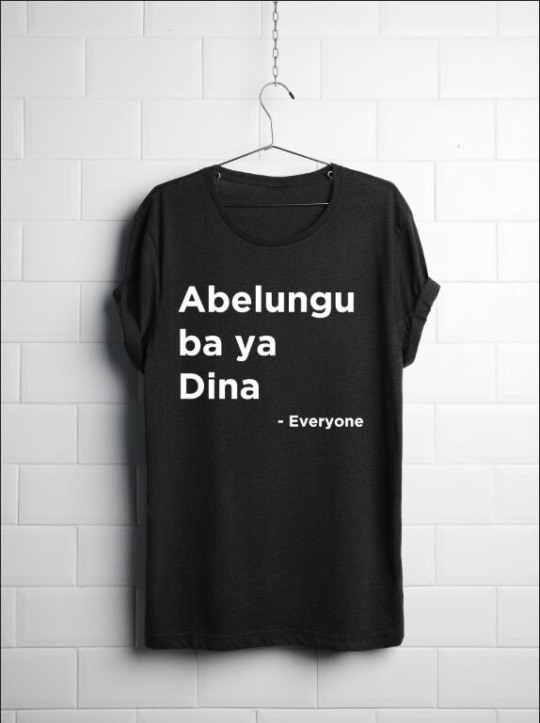
The Root
The end of apartheid therefore meant the fear of a threat to the end of an Afrikaner culture (Calitz 2014: 51). This links to the whites’ struggle to come to terms with their loss of power and how they were then able to create the idea that whites are now the new victims of the new South Africa.
Through many cases, it has shown that white South Africans feel entitled to the running of the country and who benefits from the law. A recurring discourse in South Africa, is the idea that whites had been significant and crucial to the development of of the country through out its history (Calitz 2014: 51). The belief that they are important to the development of South Africa represents intelligent, visionary, talented whites in opposition to their perspective of their weak unintelligent, and unambitious black counterparts (Calitz 2014: 51).
South Africa was under the apartheid regime for so long, that it made many white people believe that they run the country, despite the fact they are the minority. The lack of education and general human rights during apartheid held the black subject back, and to this day, they are paying for the sins of apartheid in various forms, such as unemployment and extreme poverty.
Many Afrikaners are having a hard time letting go of the history apartheid, many claiming aspects of it (such as the apartheid flag, and colonialist statues) to be a representation of their culture.
Farm Attacks & #BlackMonday in South Africa
It is no secret that the high incidences of the ongoing attacks and murders on isolated farming families is a reality (Strydom and Schutte 2005: 115). The different forms of farm attacks can be seen as the detainment, armed robbery, violent attacks, gang activities, threats, and murder and vehicle hijacking (Strydom and Schutte 2005: 115). Farm attacks can initially be seen as a result of economic, political and pscyho-social problems in South Africa. South Africa is a traumatized society, therefore, in many communities, crime and violence are seen as a coping mechanism, which has unfortunately led SA to have one of the highest crime figures in the world (Strydom and Schutte 2005: 115). Both black and white farmers are attacked or killed, however, the commercial white farmer has a one in 100 chances of being murdered, a risk which is four times higher than any other South African Citizen (Strydom and Schutte 2005: 118). Even though farm attacks can affect the whole community, white farmers have the highest risk of being attacked and/or killed (Strydom and Schutte 2005: 118).
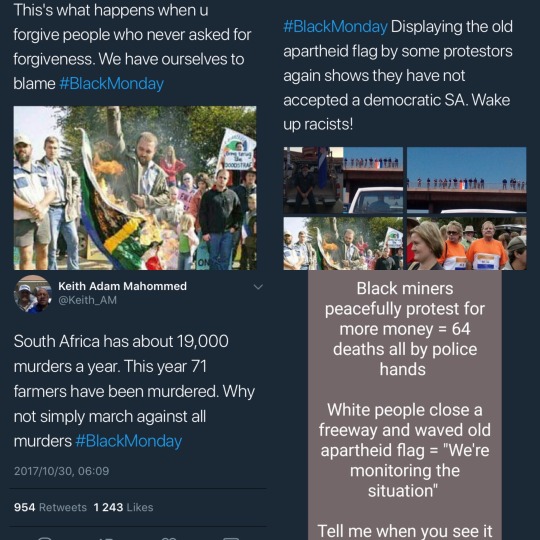
On Monday 30th October 2017, thousands of white South Africans, took part in the #BlackMonday protest, protesting against the number of farm attacks and killings that had occurred throughout the year.
Okay, fine. Everybody has a right to protest, however, the problem came in when protesters started blocking main roads (resulting in many matriculant students missing their maths exam) and others parading the old apartheid flag – a symbol of oppression and segregation, a traumatic experience for many South Africans. Many saw this as a racially motivated protest, for there are thousands of social issues that concern the whole country, such as the #FeesMustFall movement, however, white South Africans show to only care when it concerns them only. Compared to student and taxi driver protestors, there were no arrests made, no any sign of police brutality towards the #blackmonday participants. This caused an online uproar, for it showed that 23 years after a new democracy, the oppressors still cry for the old South Africa, and the government still gives them the power to control economic and societal issues. South Africa still has a very long way to go before it reaches the “rainbow nation” Mandela so cried for. There is evidently still a lot of hatred and anger between the different races. Black people are strongly frustrated by the sins they have to pay, and white South Africans cannot seem to let go of the old government they still pray and long for. Many white South Africans miss their “home”, and believe that the government’s mismanagement is slowly eroding South African infrastructure (Evans 2011: 409). Every time there is a new Zuma ‘scandal’, or killing of white farmers, or anything against what the white people believe is right, they are quick to comment online and blame the black subject. Many would find comments such as “This is typical of Africans to do their countries, they have no real concept of how to run any enterprise or venture, they are often too tribal and parochial” (Evans 2011: 409). How is this country supposed to reach the economic and democratic freedom it deserves when half of the nation does not want such to happen? The government, as well as citizens of South Africa need to rethink where they want to be as a nation, and how we can all move forward, and not seemingly back to where the country does not deserve to be.
God bless Africa. God, bless Africa. God bless, Africa
Bibliography:
Calitz, W. (2014). Rhetoric in the Red October campaign: Exploring the white victim identity of post-apartheid South Africa. MSc Dissertation, University of Oregon, pp. 51-59
Evans, M. (2011) ‘Rainbow Worriers: South African Afropessimism Online’. Critical Arts 25.3, pp. 397-422.
Strydom, H. & Schutte, S.C. (2005). A Theoretical Perspective on Farm Attacks In The South African Farming Community. Acta Criminologica 18.1, pp. 115-125.
0 notes
